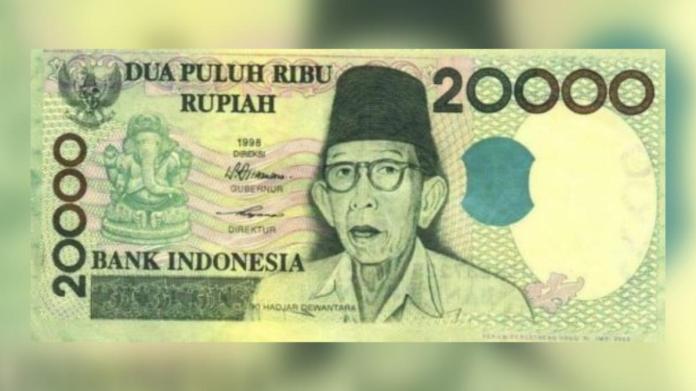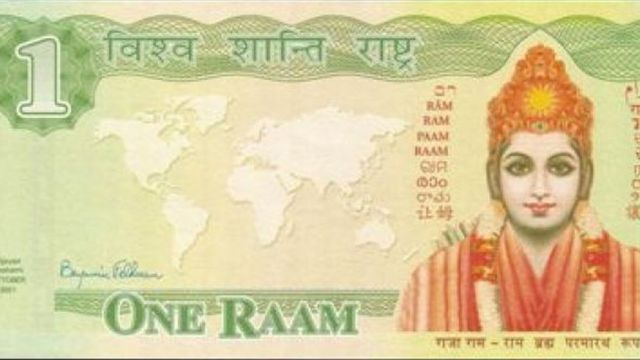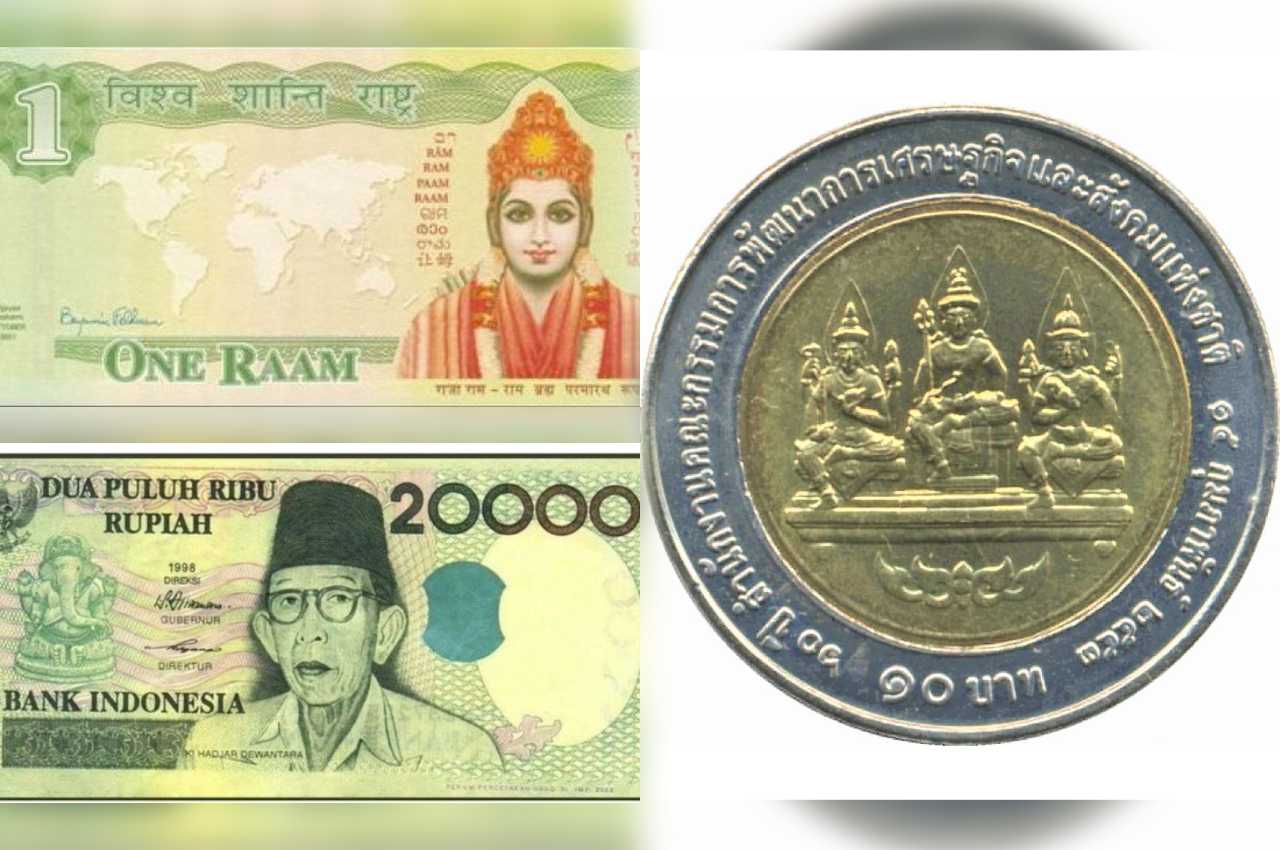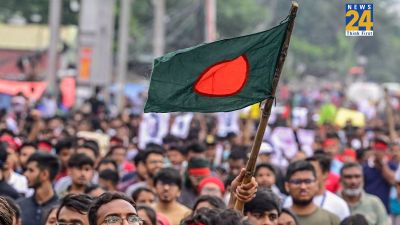New Delhi: Delhi Chief Minister Arvind Kejriwal has suggested printing a picture of Lakshmi-Ganesh on Indian currency notes. According to Kejriwal this might keep in check the slowing economy and depreciation of rupee in the international market. He also cited that the picture of Lord Ganesha on the Indonesian note.
Arvind Kejriwal mentioned the Indonesian currency note in his press conference. The note was issued by the government of Indonesia in the year 1988. The notes were in circulation for a long time before being discontinued.
Here’s why Indonesian note had the picture of Ganesha
A closer look at this note reveals that the note has a picture of Ganesha and a person. Also some children can be seen studying.
The picture of Ganesha on this note depicts the cultural heritage of Indonesia. In Indonesia, Ganapati is considered the god of education, art and wisdom. In Aceh, pictures of Ganpati are put up in schools and colleges. Saraswati Devi is considered to be the goddess of education and arts in India.

Indonesian Bank Note of Rs 20000 with Ganesha’s picture
Lord Ganesha’s picture on banknote conveys this message
In Indonesia, the picture of Ganesha was printed to give importance cultural heritage rather than religion. Hindus constitute only 2 per cent of population in Indonesia. The Indonesian people does not look at this from the perspective of minority and majority.
Coin with picture of ‘Trimurti’ was issued in Thailand
In Thailand, the National Economic-Social Development Board issued a coin on the 60th Foundation Day. This coin had the picture of Brahma-Vishnu-Mahesh. The picture of Trimurti can be clearly seen on the coin.

Thailand Coin engraved with Brahma, Vishnu & Mahesh
Raja Ram Mudra issued in America too
In the US in the year 2001, ‘The Global Country of World Peace’, an NGO related to Maharishi Mahesh Yogi, launched Raja Ram Mudra on its own level. It was used for transactions inside the ashram. The value of 1 Ram currency was fixed at around $10, while in Europe the value of 1 Ram currency was fixed at 10 euros.

Raja Ram Mudra
Ram Mudra was also used in Netherlands
In the year 2003, about 100 shops, 30 villages and nearby towns of the Netherlands also saw the practice of Ram Mudra. However, the government of the Netherlands did not accept it. It worked as a local currency in some places. However, banks in the US and the Netherlands did not recognize it.













